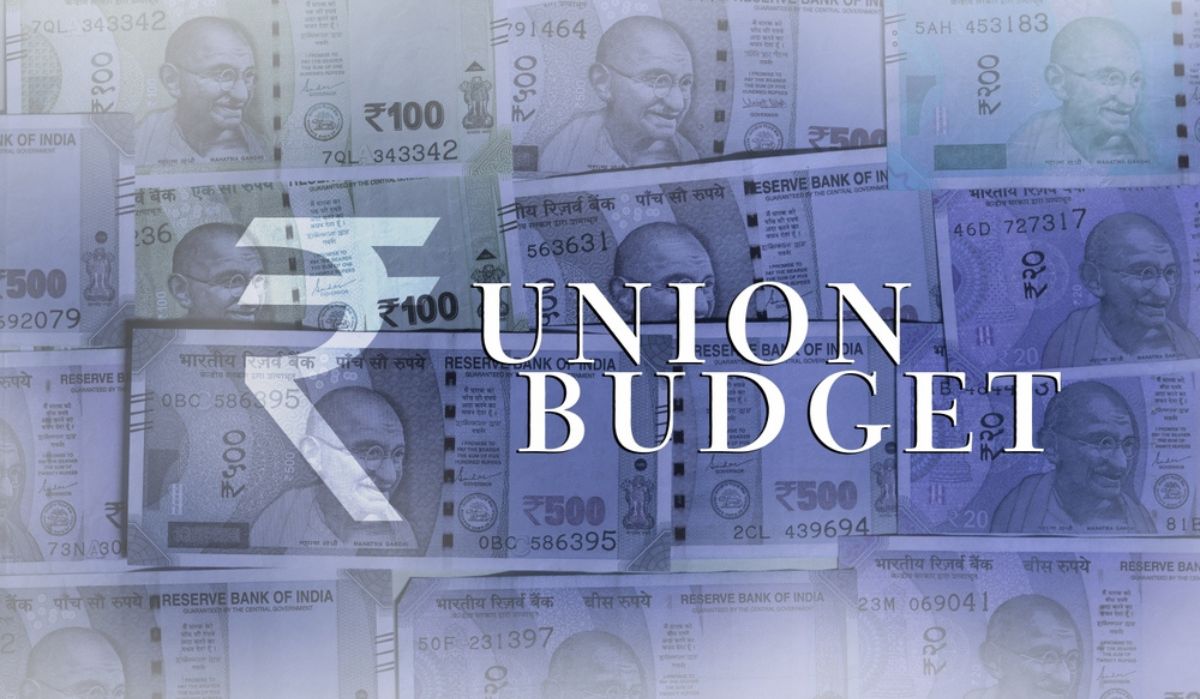The accent on jobs, skilling and a never-before-seen employment-linked incentive in the full budget for this financial year was hardly a surprise — considering that it was a formula that took its shape not in the conference rooms of North and South Blocks, but in the rough and tumble of this summer’s election battlegrounds.
Even as the latter phases of the polls got underway, it was clear that there was an undercurrent of antagonism against the outgoing government, the same dispensation that was dreaming of ‘ab ki baar, 400 paar’ as it went chest-thumping into the campaign. And it really didn’t require economists and even business magnates to spell out the chink in Modi 2.0’s armour — the dearth of jobs.
India post-Covid may have an economic boom of sorts, growing phenomenally even as most of the rest of the world seemed lost or slowing down. But it’s a windfall that seemed to be favouring only a few at the top of the pyramid — just check out the record profits by the top 10 per cent of Indian business in the last three years or so. And the silent majority who felt that ‘happily ever after’ was passing them by reacted the only way they knew — through the ballot.
Scraping through by the skin of their teeth (and some helpful prop-ups from pound-of-flesh-extracting allies), Modi 3.0 would now like to leave nothing to chance, before the next wave of crucial assembly elections come trooping in. The inordinate focus on jobs, skills, employment and of course, the ‘annadaata’, Sitharaman’s favourite epithet for farmers, is course correction of the tallest order, from a government that had virtually put all its eggs in the ‘big capital, big infra and big business’ basket till recently.
The employment initiative is spread across a package of five schemes with a central outlay of Rs 2 lakh crore and includes an employment linked incentive, whereby the govt will pay Rs 15,000 for every new employee (within a salary bracket of Rs 1 lakh per month). Though billed as a ‘direct benefit transfer’, it is more likely an incentive for businesses and corporates to recruit more labour in lieu of taking care of their share of the PF. “This scheme will incentivise additional employment in the manufacturing sector…(and) is expected to benefit 30 lakh youth entering employment,” Sitharaman said in Parliament.
Additionally, each additional employee will gain employers 3,000 rupees each per month for two years towards their PF contribution.
Another additional ask from industry bodies to the finance ministry was skilling — with manufacturing moving beyond mere parts assembling or simple machine tool jobs into more tech-savvy streams like electric vehicle manufacturing, semiconductor chips etc, getting workers on the factory floor with the right skilling had become a dire necessity. The FM is very much playing their tune by announcing schemes to turn ITIs into upskilling centres, with a target of training 20 lakh youth over a five-year period. “Course content and design will be aligned to the skill needs of industry, and new courses will be introduced for emerging needs.”
Read the many measures for skilling, skill loan scheme and other education loans along with the easy loans being offered to MSMEs and even a provision for credit support during stress, and what appears between the lines is rather precise — fund skilling and employment, and may a million small (and big) manufacturing businesses bloom to take them all in, resulting in a more inclusive economic boom. Modi and Sitharaman may just be hoping that this time it’s for real.



